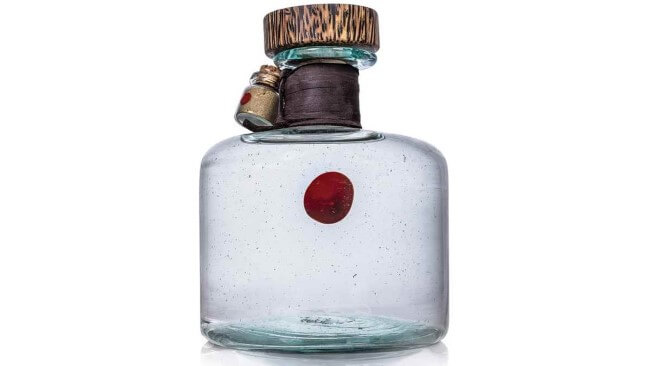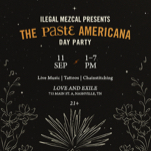Tasting: 3 Juniper-Rich African Gins from Procera Gin
Photos via Procera Gin
We’ve been diving pretty deeply into the world of gin recently, to the point that I ended up declaring March as “Gin Month” at Paste, but in truth our passion for a great gin cocktail expands far beyond a single month or season. Sure, spring is perhaps the most gin-centric period of the calendar year, but as the same people who sip imperial stout under the heat of the blazing summer sun, it’s not like we’re letting that dictate our decisions. Nor would we ever be so close-minded as to think that gin should hail from only a few tiny regions, such as the U.K. or American craft distillers–like rum, gin is a global spirit, and even more so than sugar cane spirits gin is an opportunity to highlight the terroir of any region where it is made. Such is particularly the case with Procera Gin, distilled in Nairobi, Kenya, a brand that not only revolves around the juniper plant but genuinely venerates it.
The so-called Common Juniper (Juniperus communis) we’re most familiar with grows in the cool, temperate forests of the northern hemisphere, but this is only one species of many kinds of juniper, many of which have historically been used to lend their distinctive flavor to gin. Gin is among the oldest of commercially produced spirits, having once just about destroyed 18th century London, before finding drinkers throughout the world. It makes all the sense in the world that gin should also hail from the cradle of civilization in Africa, where it’s being made with African Juniper, Juniperus procera. What really makes Procera Gin special in the eyes of the brand, though, is the proximity of the spirit’s production to the juniper it is using–so close, in fact, that the juniper berries are picked fresh for distillation and never dried. This focus on the freshest possible juniper is the key element of Procera’s concept and marketing, paired with native botanicals that range from wider throughout Africa, such as acacia honey, coriander, mace, cardamom, pink peppercorn, orris root and pixie oranges.
There are a lot of elements here that are quite unique for the gin market, in terms of both production and presentation. These are super premium gins in terms of price point, occupying an area in the market (MSRPs of $85 and beyond) that are rarely explored. It can be difficult for such a brand to explain what actually might justify or rationalize that kind of price point to the consumer on an unaged spirit, beyond the rarity or uniqueness of botanicals involved. Procera essentially makes their appeal via taking every possible step to offer as handmade and bespoke a product as possible, from the hand-blown bottles to the hand-carved palm wood stoppers, wrapped in leather. Each bottle–unlabeled, with only a colored dot to denote each vintage–likewise comes with “botanical salts” to serve as seasonings on cocktails made with Procera Gin. Would this still be a hard sell for a sizable segment of the gin market, no matter the attention to these details? Absolutely. But at the same time, I can’t deny that Procera has gone out of its way to offer a unique, distinctive product.
So with that said, let’s dive into a tasting of all three Procera Gin expressions.
-

-

-

-

-

-

-

-

-

-

-

-

-

-

-

-

-

-

-

-

-

-

-

-

-

-

-

-

-

-

-

-

-

-

-

-

-

-

-

-











































